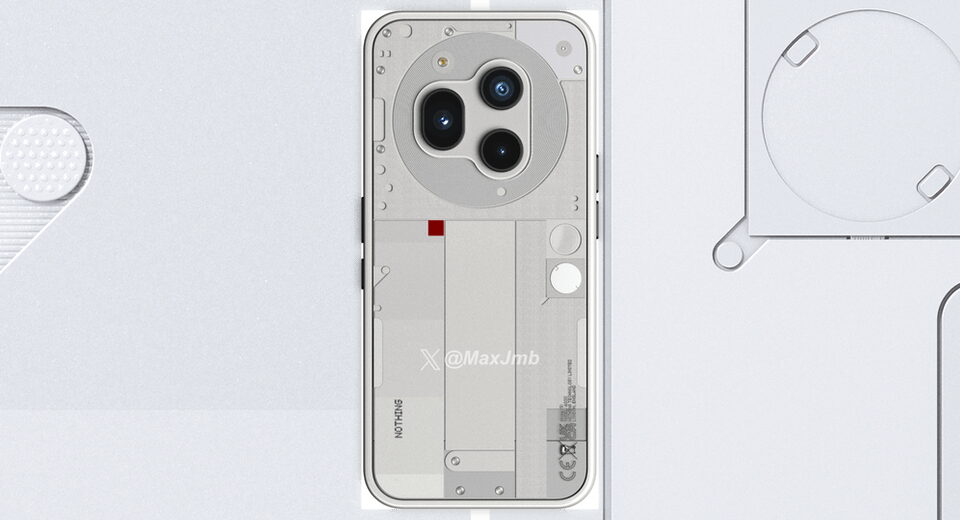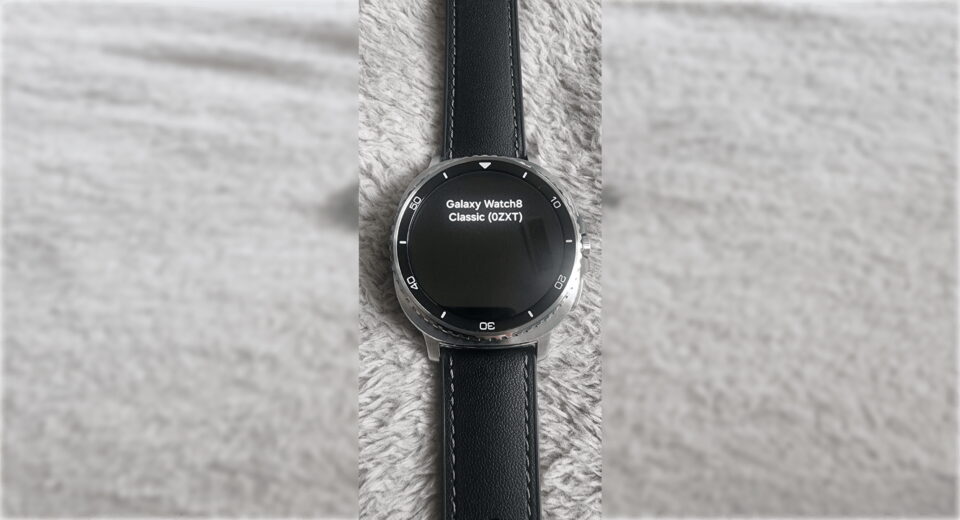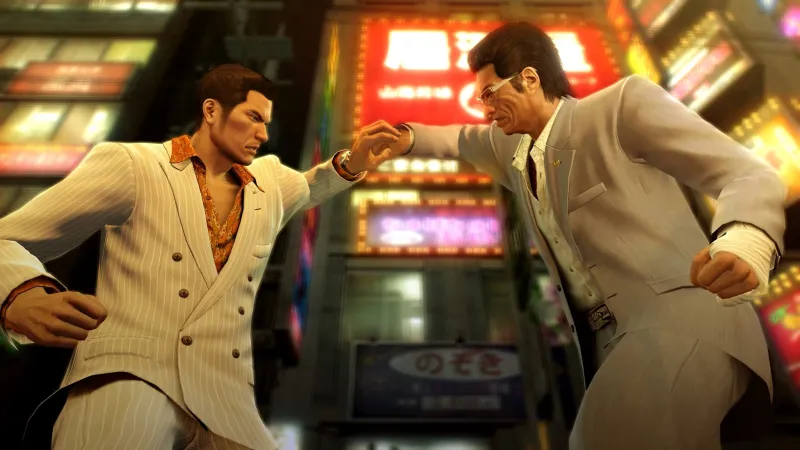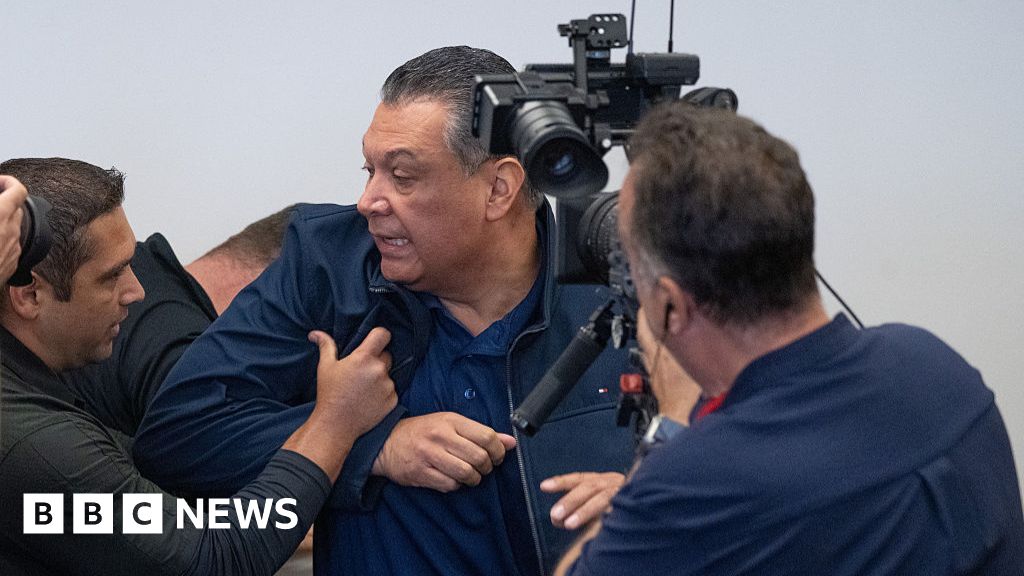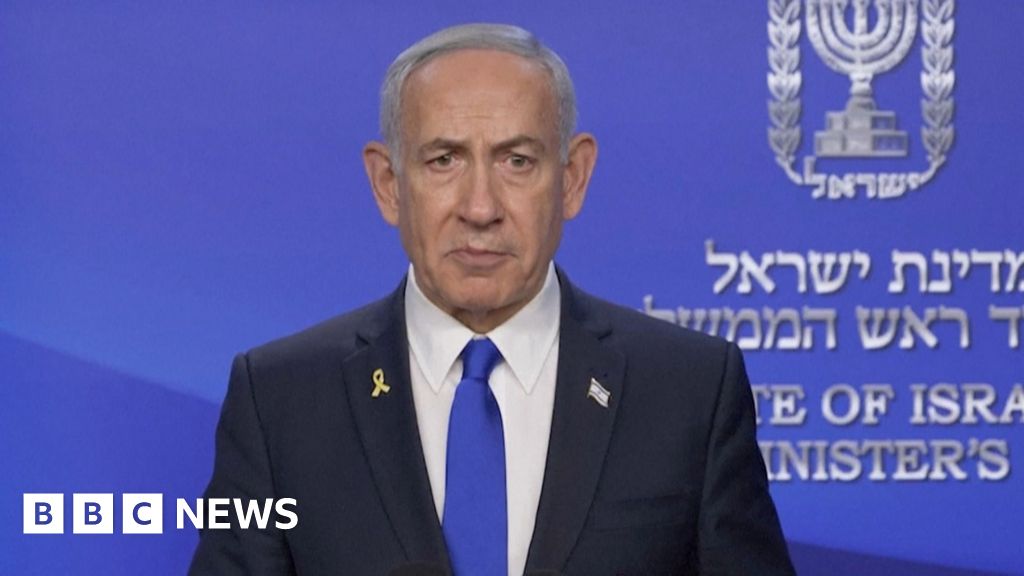How Washington Has Tried to Control China’s Tech


Under three presidential administrations, officials in Washington have used export controls to hold back China’s access to advanced technology. For years, officials in Washington have used export controls to slow China’s ability to develop cutting-edge technologies, especially ones with military applications like semiconductors and artificial intelligence. Over the past decade, these export controls have driven a wedge between the world’s two largest economies. When officials from the United States and China met this week in London to try to work out their differences over trade, export controls were again front and center. “In eight years of negotiating with the Chinese, I have never had a meeting where they didn’t want to talk about export controls,” Jamieson Greer, the United States Trade Representative, said on Tuesday. It is not clear what actions U.S. officials agreed to take in exchange for China easing its exports of rare earth metals — a key sticking point for Washington. But the pillars of U.S. export controls to slow the flow of advanced technology to China appear to remain intact. During his first term, Mr. Trump, asserting that China had ripped off the United States, used export controls as one tool among many in his effort to correct imbalances of trade and manufacturing. Mr. Trump kicked off a trade war with Beijing in 2018 when he put tariffs on solar panels imported from China. The ensuing tit-for-tat tariffs ranged from 15 to 30 percent, and soon encompassed airplanes, cars and other goods. The Trump administration first used export controls to impede the development of a Chinese tech company in 2018, when it barred American firms from selling to the Chinese electronics firm ZTE. The Commerce Department under President Barack Obama had taken a similar approach several years earlier, when it said ZTE had violated U.S. sanctions on Iran. The Trump administration said ZTE had failed to address the problem. Mr. Trump lifted the ban after ZTE agreed to pay a $1 billion fine. Then in 2019, the Trump administration added the telecommunications giant Huawei to a trade blacklist that barred U.S. companies from selling parts to the company. Before he left office, President Trump struck an agreement for China to buy $200 billion worth of U.S. exports. A report later found that China came nowhere close to fulfilling the terms of the deal. President Joseph R. Biden Jr. substantially expanded Washington’s use of export controls. The goal shifted from targeting specific Chinese firms to constraining China’s overall advancement in technologies with military uses. The Biden administration repeatedly tightened the export controls to cut off China’s nascent ability to make its own chips. It barred companies from selling certain chips to Chinese clients if they had been made using U.S. products or software. Mr. Biden also expanded a push begun under the Trump administration to pressure companies in allied nations to stop selling equipment to Chinese chip firms, including the Dutch technology company ASML, the only maker of complex lithography machines used to make cutting-edge computer chips. “The Biden administration declared a plan to hold back China as a whole in specific areas,” said Graham Webster, an academic focused on geopolitics and technology at Stanford. “That was a big shift.” Since taking office a second time in January, Mr. Trump has ended a sweeping rule governing how American-made A.I. chips could be shared with foreign countries that was put in place at the end of Mr. Biden’s term. Trump administration officials have said they will replace it, but it is not clear what the new rule could look like. U.S. officials have also taken steps to crack down on the flow of chips to China from America’s leading chip maker, Nvidia. The company had responded to the Biden administration’s export controls by making one of its chips less powerful to fall below the government’s performance thresholds. In April, Nvidia disclosed that U.S. officials were requiring a license for future sales of those chips to China, forcing the company to take a $5.5 billion hit on inventory it had planned to sell. In April, the House Select Committee on the Chinese Communist Party opened an investigation into Nvidia’s sale of chips across Asia to assess whether the U.S. chip maker knowingly provided key technology to the Chinese A.I. start-up DeepSeek, potentially in violation of U.S. rules.How did President Trump first use export controls?
How did the Biden administration build on them?
What has President Trump done during this term?
What's Your Reaction?
 Like
0
Like
0
 Dislike
0
Dislike
0
 Love
0
Love
0
 Funny
0
Funny
0
 Angry
0
Angry
0
 Sad
0
Sad
0
 Wow
0
Wow
0















